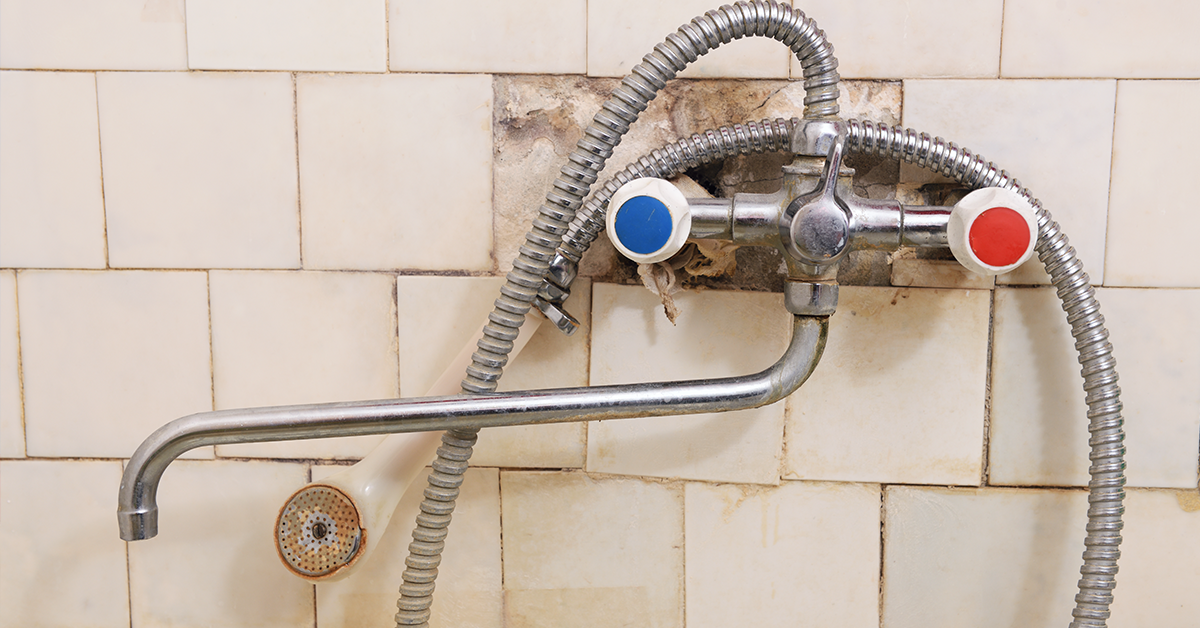Everything you need to know about sunken areas and bathroom waterproofing.
Some rooms in the house like the kitchen, utility area, toilet and bathroom are unceasingly exposed to dampness and moisture. And concrete, cement, tiles and bricks cannot help prevent dampness issues, unless they are accompanied by robust waterproofing systems.
Water penetration caused due to a lack of water-tightness in the concrete structure can manifest in the form of dampness, leakages and debonding of tiles which are often the result of poor design and primitive methods of waterproofing. Decisions made during the design stages can have serious implications on the construction and future maintainability of wet areas.
Hence, sunken area waterproofing can prove to be extremely beneficial in safeguarding these moisture-prone spots and protecting them from water. Furthermore, in Indian societies, the problem of water seepage from one house to another is fairly common. This mainly happens due to a faulty or lack of sunken area waterproofing which helps prevent seepage of water from walls to adjoining rooms and floors.
Tips on maintaining a fresh and damp-free bathroom: https://old.bergerpaints.com/blog/brand-speak/maintaining-a-fresh-and-damp-free-bathroom
What Is Sunken Area Waterproofing?
It is a modern cementitious waterproofing technique that prevents leakages from sunken areas in the house that are in constant touch with water.
How Berger Homeshield Waterproofing Experts Fix Sunken Area Dampness:
Step 1: Repair of Existing Construction
All cracks and unstable plasters are repaired using a repair mix (Polymer Modified Mortar) using Homeshield Latex Plus.
Step 2: Coving
In existing slab and parapet wall junctions, grooves are made for coving using a repair mix (Polymer Modified Mortar) using Homeshield Latex Plus.
Step 3: Water Outlet Treatment
Waterproofing systems (Homeshield Super Grout and Epibond) are applied on pipes and plumbing areas to take extra precautions from all water outlets.
Step 4: Waterproofing
Cementitious waterproofing treatment is applied (Homeshield Latex Shield 2K or Wall Shield 2K) with a proper roller or brush ensuring that all surface area of the concrete is covered.
This step helps avoid leakage and dampness issues for a longer time.
Step 5: Tiling, Grouting And Cleaning
Once the waterproofing treatment has completely dried, tiles are laid down using Tile Adhesive Plus evenly on the surface. After Tiles are installed Homeshield Epoxy Tile Grout is used to fill the spaces in between tiles.
Wondering what is the best time to waterproof your home? Find out here: https://old.bergerpaints.com/blog/brand-speak/this-is-the-best-time-to-waterproof-your-home
Benefits Of Sunken Area Waterproofing:
- Prevents water seepage from walls and floor slabs to adjoining rooms.
- Keeps leakage prone areas like concrete water tanks, toilets, basements, bathrooms and kitchens damp-free for a long time.
- Increases the life and value of your house/building/office space.
- Ideal for repair of old concrete that is prone to dampness and leakage.
If you see signs of sunken area dampness, do not ignore them. Sunken slab dampness is a severe waterproofing concern and requires immediate attention and treatment.
For scientific waterproofing solutions, get in touch with our Homeshield experts, SMS ‘HS’ or click here to book a consultation here: https://www.bergerpaints.com/scientific-waterproofing-solutions/


 Get in Touch
Get in Touch
